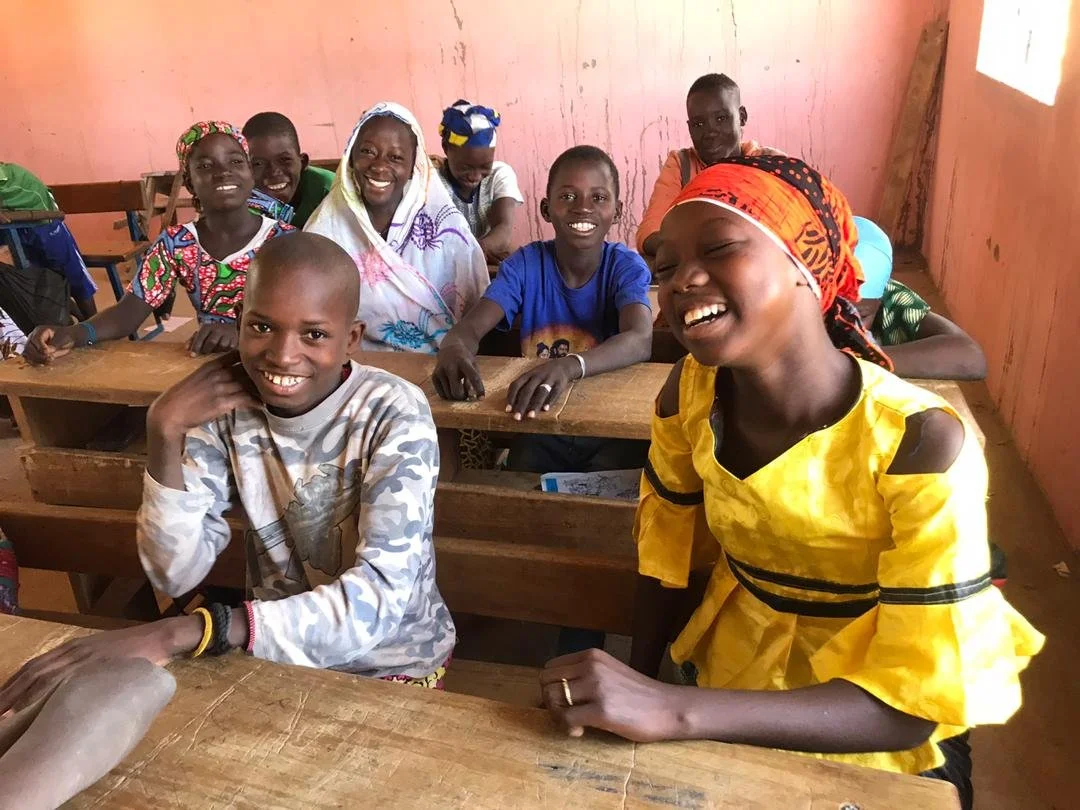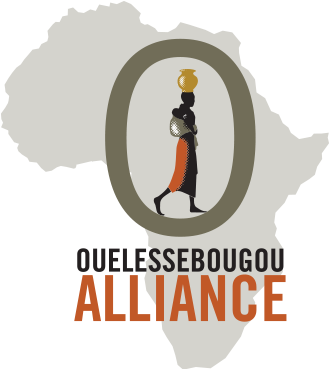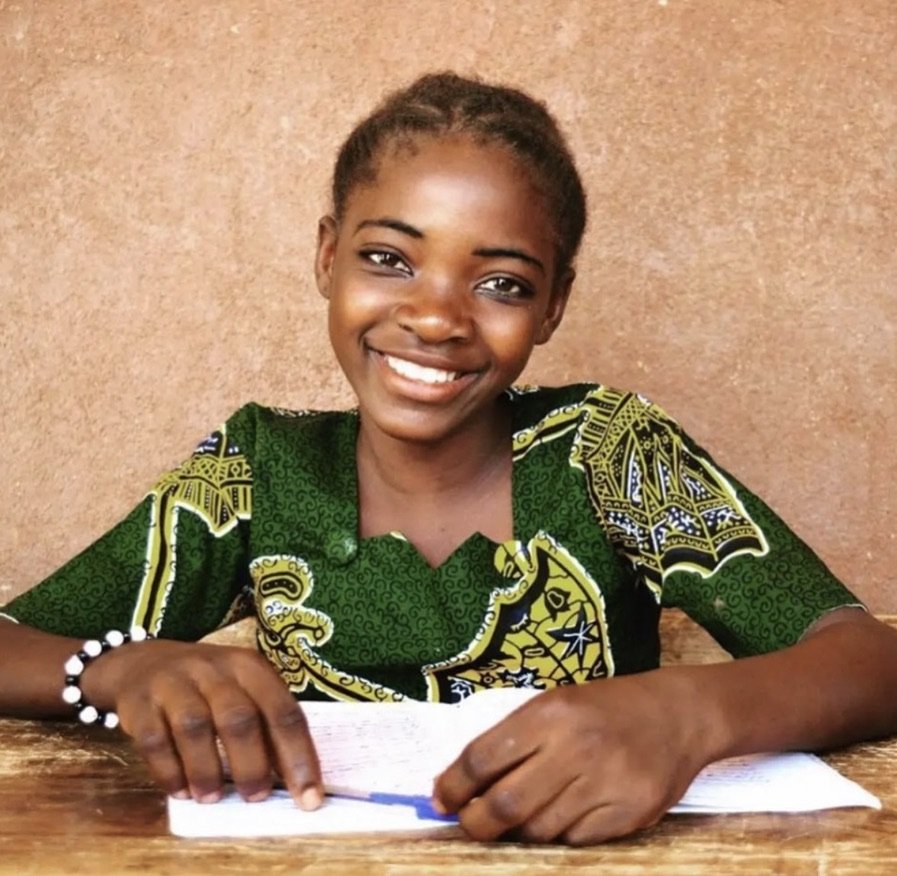
Support Girls’ Education
“If you educate a man, you educate an individual. But if you educate a woman, you educate a nation.”
- African Proverb
Girls’ Education Efforts
When we started our formal education program in the early 1990’s, only a small percentage of girls were enrolled in elementary school. For the past three decades, we have partnered with villages to break generational bias and behaviors to improve girls’ access to education. Our local staff works with the education councils to engage local leaders and administration in changing harmful attitudes. Through leadership support and increased civic engagement, more village parents are understanding the importance of sending their girls to school and making it a priority.
We also provide Literacy Workshops for individuals ages 12 and older. The majority of our students are teenage girls, young mothers, and women who could not continue their education past the 6th grade. Learn more about our Literacy Workshop program.
Safe Learning Environment
We not only work to address gender inequality and change cultural norms, but we also prioritize projects that create safe learning environments for girls and women.
Projects have included:
constructing gender-separated latrines for privacy and safety.
installing solar panels on classrooms so women can take evening literacy classes.
distributing sustainable feminine hygiene kits so girls do not have to miss school during their periods.
We work to eliminate violence against girls by choosing school construction projects in villages that do not have a school within a safe walking distance. All these efforts are steps in creating safe, respectful and inclusive learning environments.
Impact
For the 2021 – 2022 school year, over 48% of students enrolled in our elementary schools were girls.
Why are Girls’ Education initiatives important in Mali?
Mali is consistently ranked as one of the worst countries for a girl to receive an education.
Historically, access to education in Mali has been inequitable and girls from the poorest families are at the highest risk for school dropout. Barriers like early marriage, child labor, domestic work, violence, and gender discrimination often prevent girls from receiving the education opportunities they deserve.






